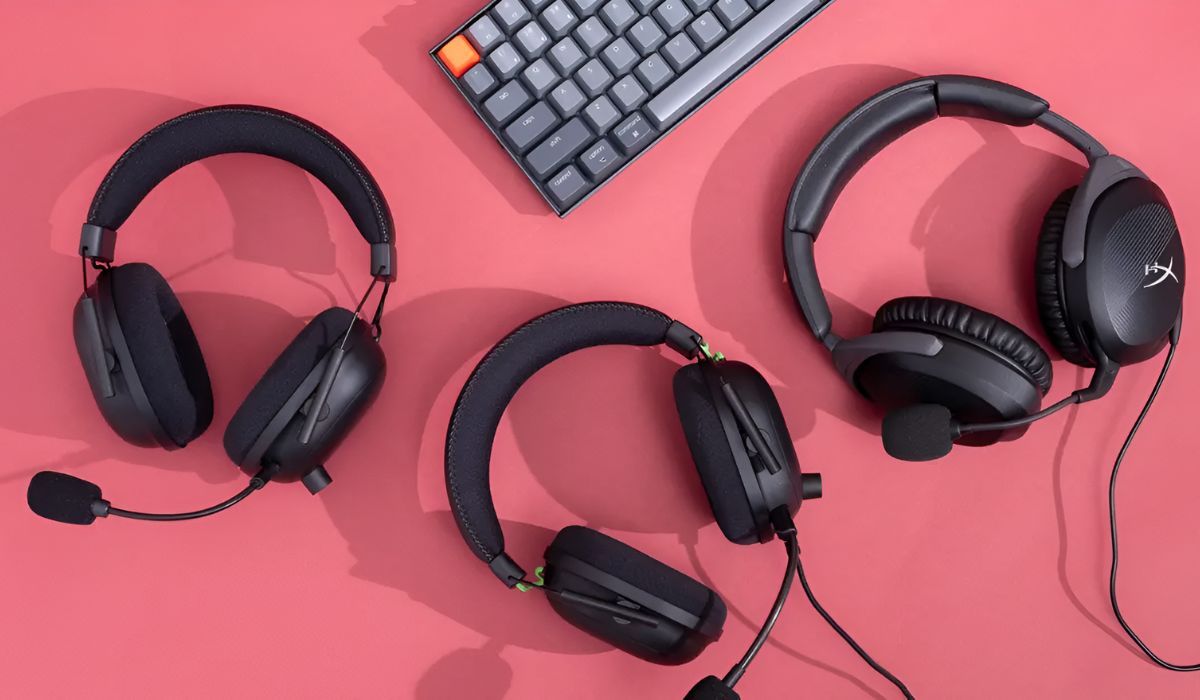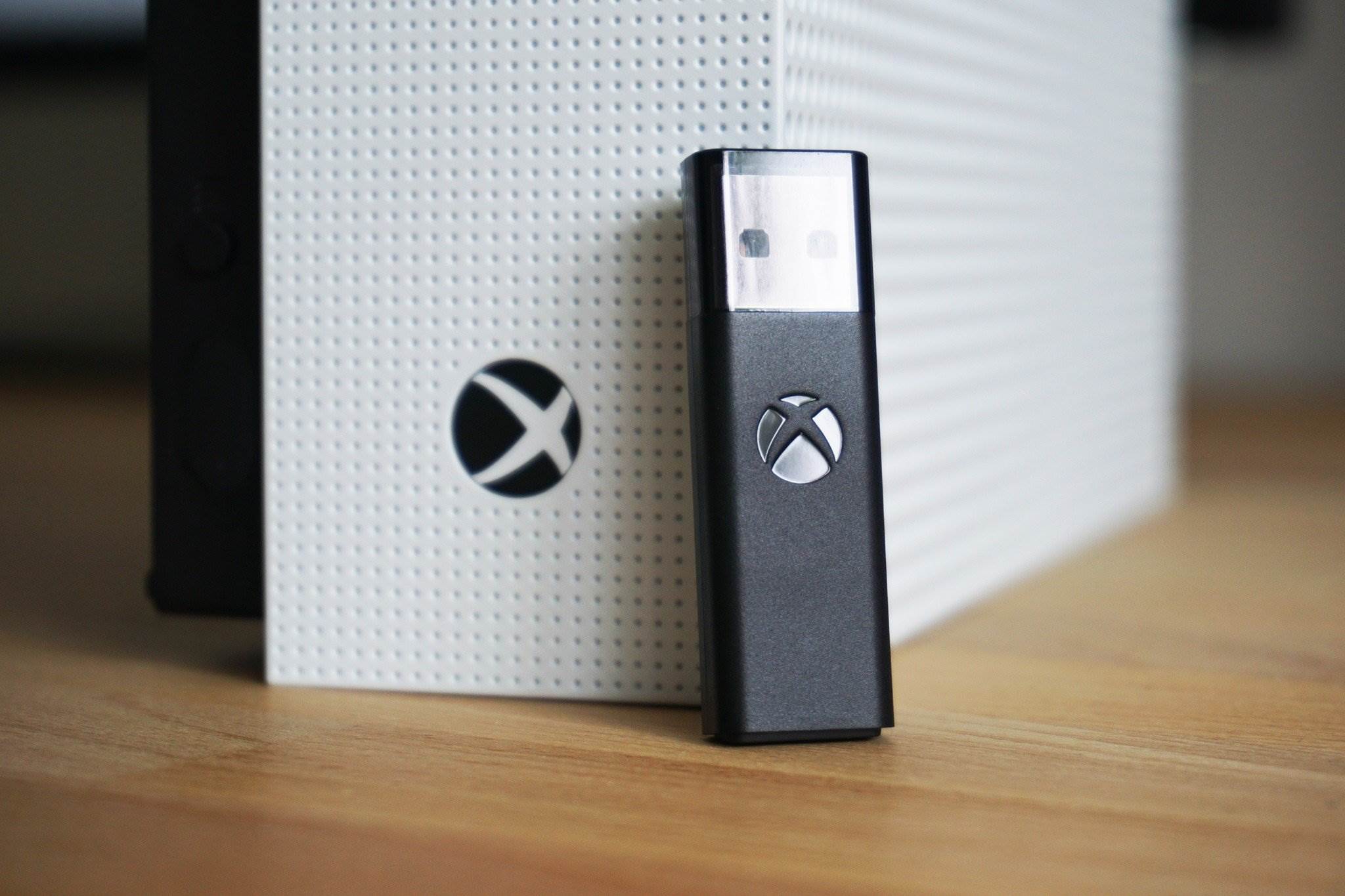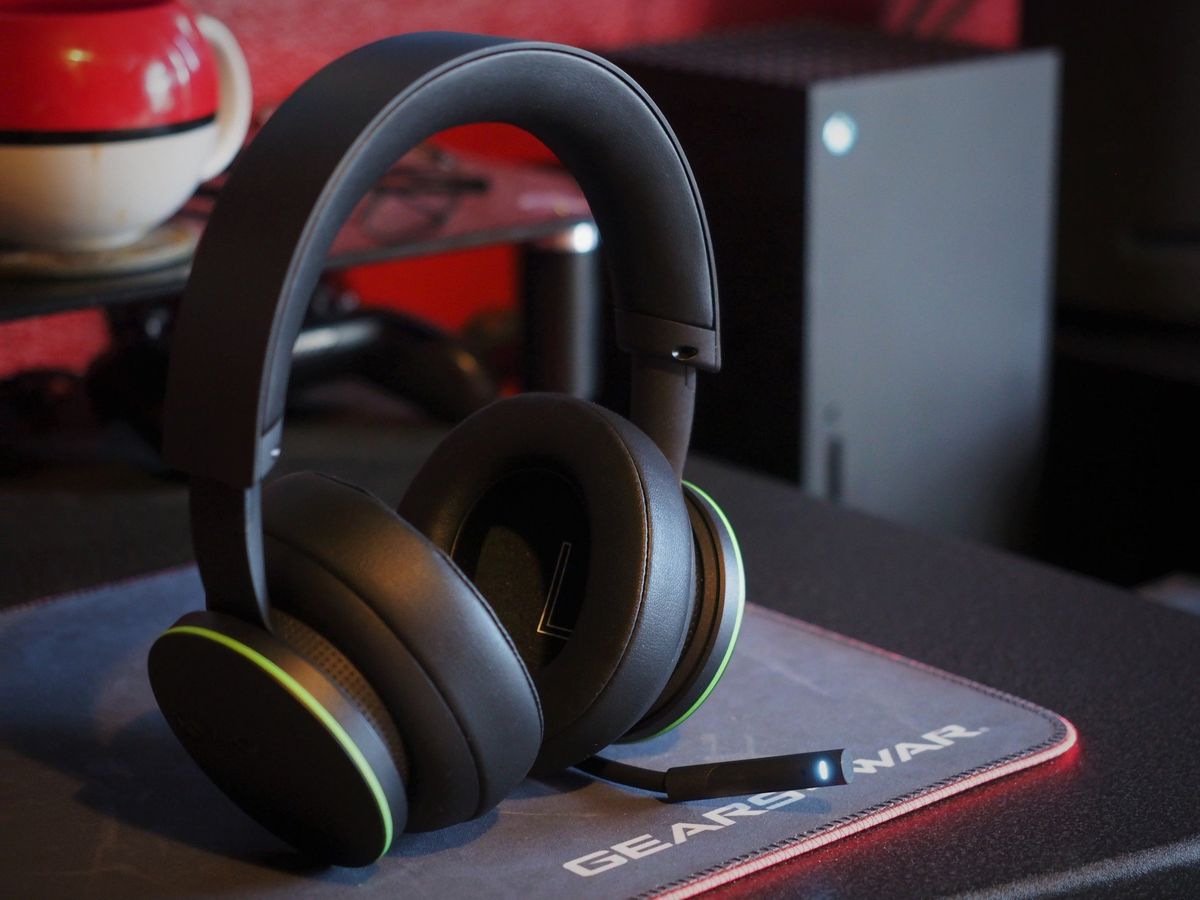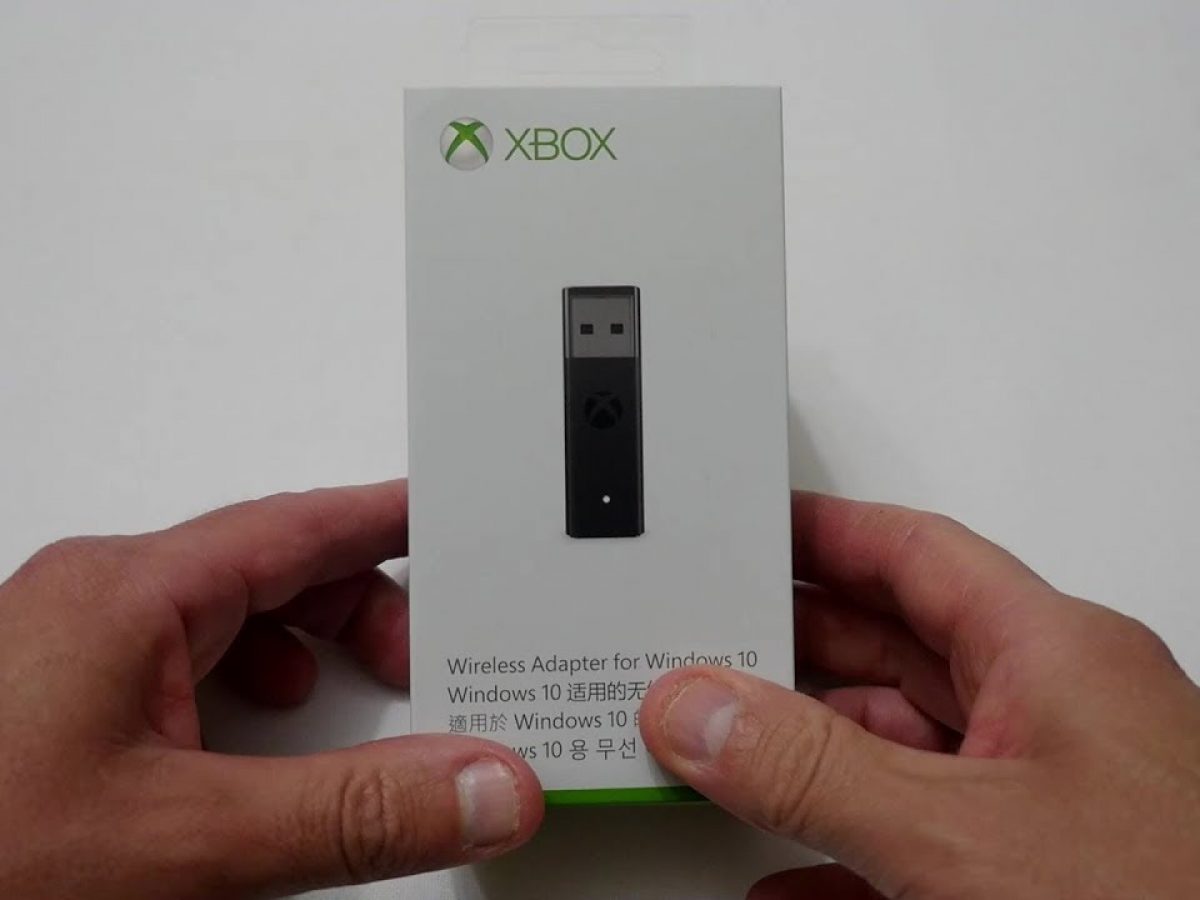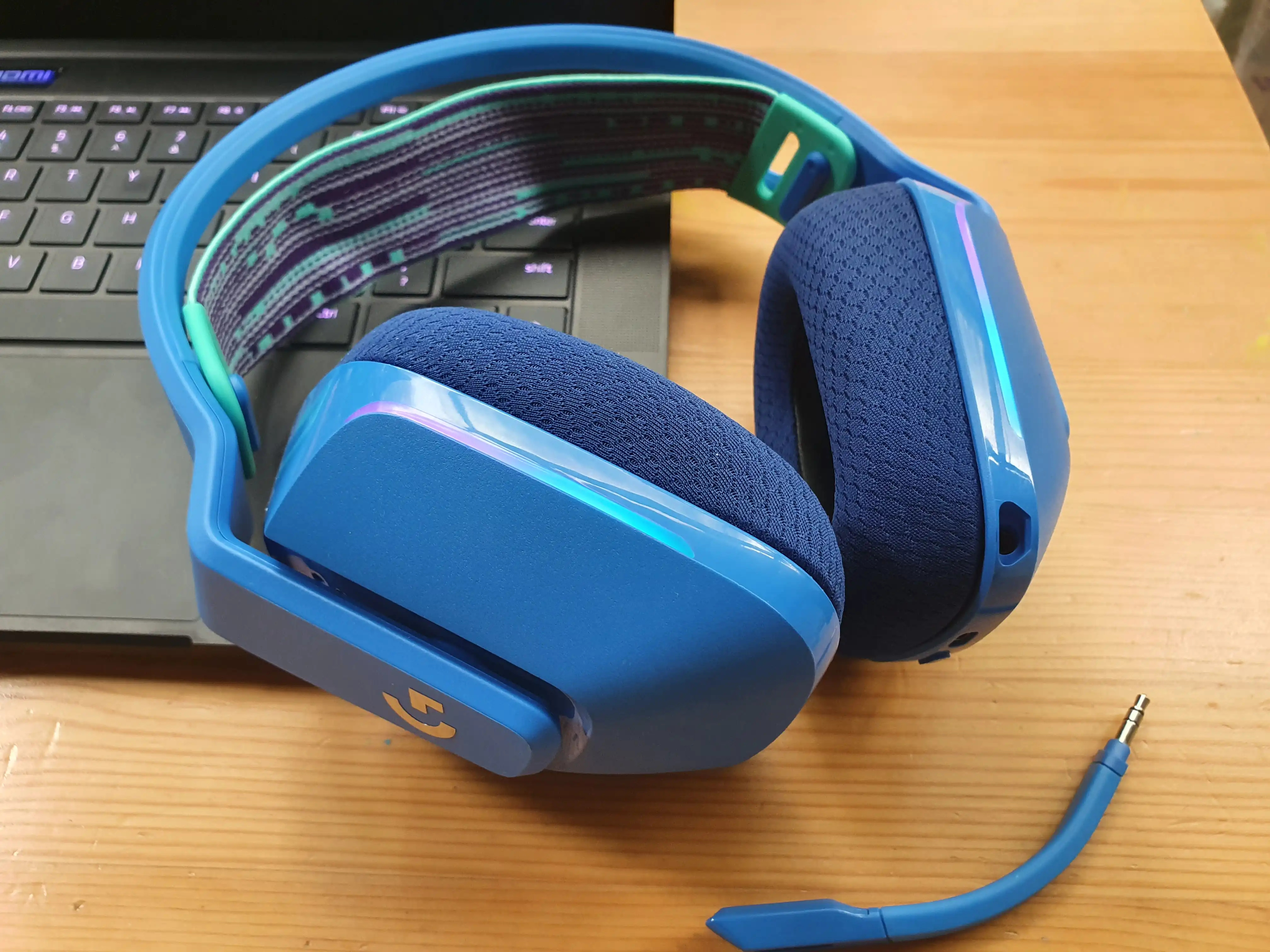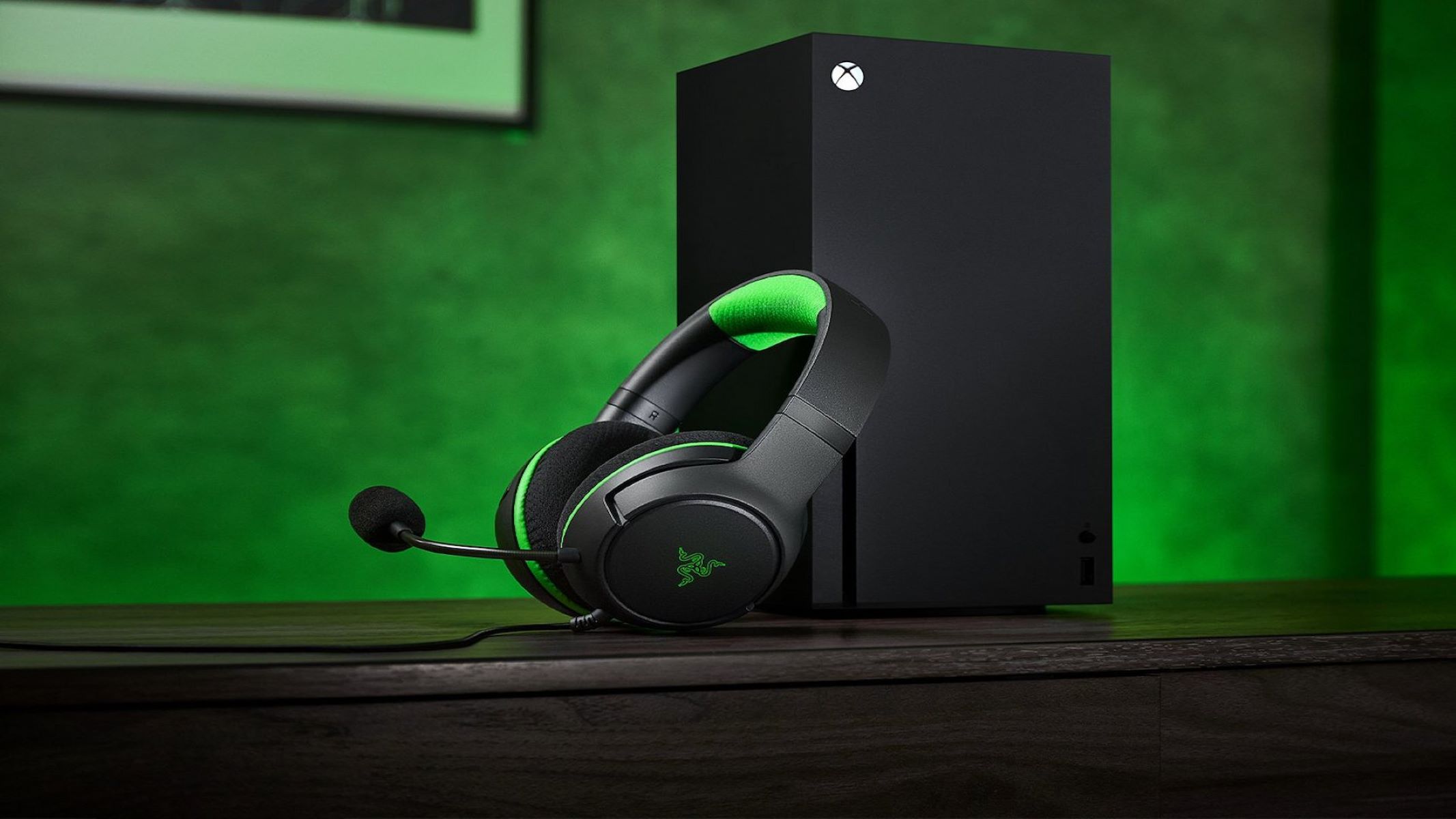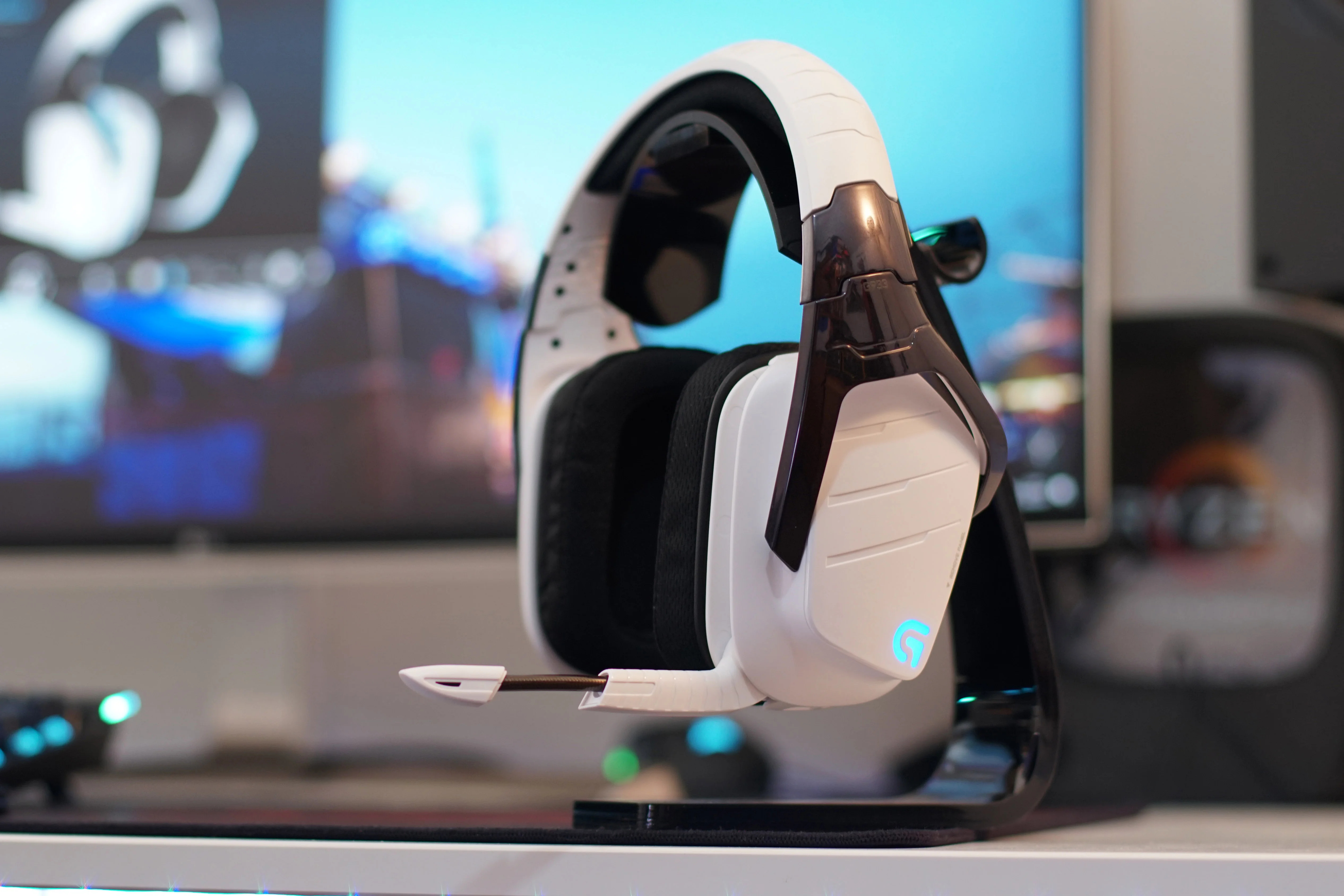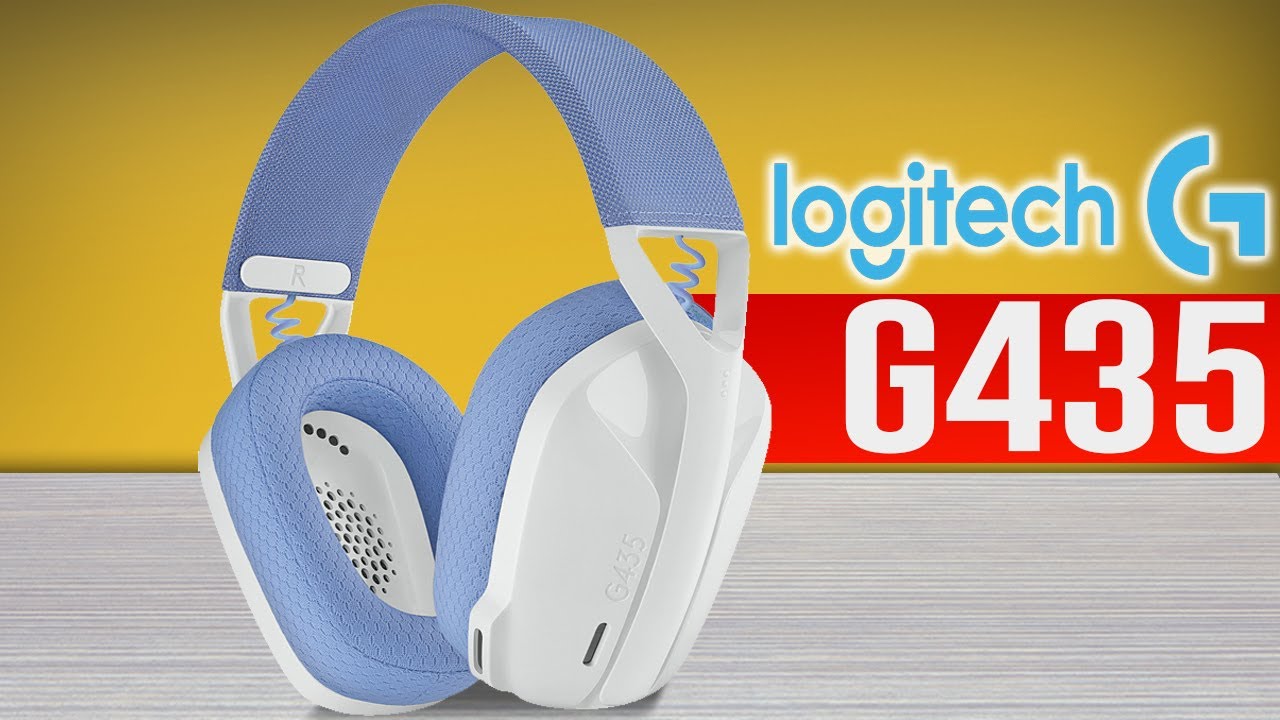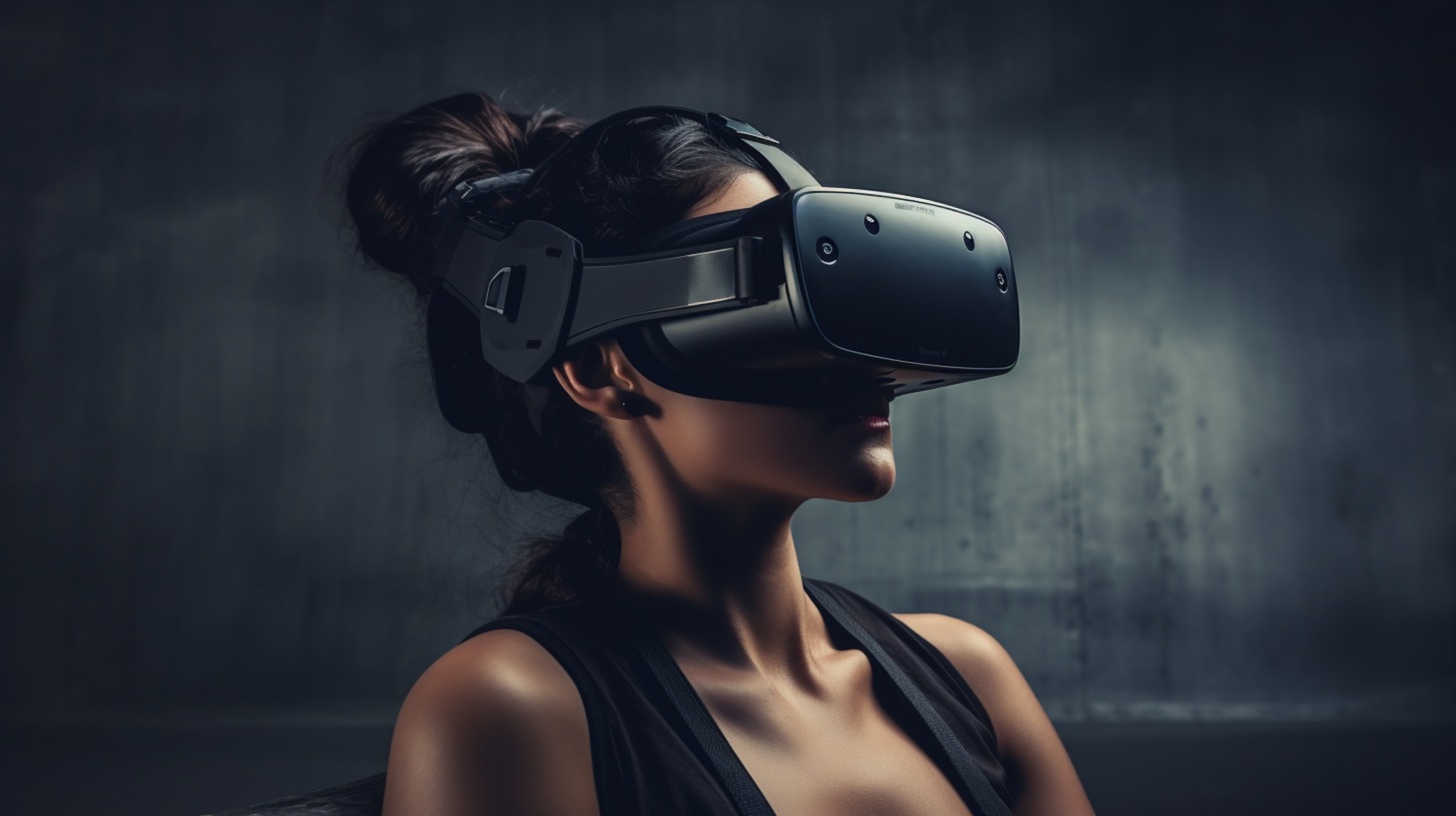Introduction
Gaming headsets have become an indispensable accessory for many gaming enthusiasts, offering an immersive audio experience and clear communication with fellow players. However, when it comes to using gaming headsets with the Xbox One, compatibility issues often arise, leaving users frustrated and perplexed. Understanding the reasons behind these compatibility challenges is crucial for gamers seeking seamless integration between their gaming headsets and their Xbox One consoles.
The Xbox One, a popular gaming platform developed by Microsoft, has specific hardware and software requirements that can impact the functionality of gaming headsets. These requirements may differ from those of other gaming consoles or PC systems, leading to various hurdles when attempting to connect and utilize gaming headsets with the Xbox One.
In this article, we will delve into the intricacies of why gaming headsets may not work as expected with the Xbox One. By exploring factors such as audio output, mic monitoring, and wireless technology, we aim to shed light on the underlying reasons for these compatibility issues. Understanding these nuances will empower gamers to make informed decisions when selecting gaming headsets for their Xbox One consoles, ultimately enhancing their overall gaming experience.
Compatibility Issues
When attempting to use gaming headsets with the Xbox One, users often encounter compatibility issues that hinder the seamless integration of these devices. These issues can manifest in various forms, ranging from audio output discrepancies to connectivity challenges, ultimately impacting the overall gaming experience.
One of the primary compatibility issues stems from the differing hardware and software specifications between gaming headsets and the Xbox One console. While gaming headsets are designed to function optimally with specific platforms, the Xbox One’s proprietary audio protocols and communication standards may not align seamlessly with all gaming headsets, leading to compatibility hurdles.
Furthermore, the Xbox One’s emphasis on proprietary audio and communication technologies, such as the Xbox Wireless protocol and the Xbox Chat Headset, can pose challenges when attempting to integrate third-party gaming headsets. These proprietary standards may limit the functionality of non-certified gaming headsets, resulting in partial or non-existent compatibility.
Additionally, the absence of standardized connectors and communication interfaces across gaming headsets and the Xbox One can contribute to compatibility issues. Variances in connector types, impedance levels, and communication protocols can impede the seamless integration of gaming headsets, leading to audio distortion, mic malfunctions, or complete incompatibility.
Understanding these compatibility issues is essential for gamers seeking to optimize their gaming setup with the Xbox One. By recognizing the underlying factors contributing to these challenges, users can explore potential workarounds, alternative gaming headsets, or official Xbox-certified accessories to mitigate compatibility issues and enhance their gaming experience.
Audio Output
When attempting to use gaming headsets with the Xbox One, users often encounter challenges related to audio output, impacting the clarity and fidelity of in-game audio and communication. The Xbox One’s unique audio output specifications, coupled with the diverse configurations of gaming headsets, contribute to these compatibility hurdles.
One of the primary audio output issues involves the compatibility of gaming headsets with the Xbox One’s audio output protocols. The Xbox One utilizes specific audio formats and signal processing techniques, such as Dolby Atmos and Windows Sonic, to deliver immersive spatial audio experiences. However, not all gaming headsets are equipped to seamlessly decode and reproduce these audio formats, leading to suboptimal audio output or complete incompatibility.
Furthermore, the impedance and power requirements of gaming headsets may not align with the Xbox One’s audio output capabilities, resulting in distorted audio, insufficient volume levels, or intermittent audio dropout. The absence of standardized audio output specifications across gaming headsets can exacerbate these compatibility issues, leaving users frustrated with the inconsistent audio performance.
Moreover, the lack of native support for certain audio features, such as surround sound or customizable equalization settings, on third-party gaming headsets can limit the extent of audio customization and optimization when connected to the Xbox One. This disparity in audio feature support between gaming headsets and the Xbox One’s audio output ecosystem can hinder users from fully leveraging the console’s audio capabilities.
Addressing these audio output challenges requires a comprehensive understanding of the Xbox One’s audio output capabilities and the compatibility requirements of gaming headsets. By exploring alternative gaming headsets with native support for the Xbox One’s audio formats and adhering to the console’s impedance and power specifications, users can mitigate audio output compatibility issues and elevate their gaming audio experience.
Mic Monitoring
One of the critical aspects of using gaming headsets with the Xbox One is the functionality of mic monitoring, which allows users to hear their own voice through the headset’s earcup speakers. This feature is particularly valuable during multiplayer gaming sessions, as it enables users to maintain optimal voice levels and avoid shouting or speaking too softly, contributing to effective communication with fellow gamers.
However, compatibility issues related to mic monitoring often arise when connecting gaming headsets to the Xbox One. The Xbox One’s mic monitoring functionality may not seamlessly integrate with certain gaming headsets, leading to inconsistent or non-existent mic monitoring capabilities.
The disparity in mic monitoring compatibility can be attributed to the diverse implementation of mic monitoring features across gaming headsets and the Xbox One’s audio and communication protocols. While some gaming headsets offer built-in mic monitoring support with customizable volume levels, others rely on the Xbox One’s system-level mic monitoring settings to provide this functionality. The variance in mic monitoring implementation can result in compatibility conflicts, hindering users from accessing consistent mic monitoring features.
Additionally, the absence of standardized mic monitoring interfaces and communication protocols across gaming headsets and the Xbox One can exacerbate compatibility challenges. Variances in mic monitoring signal processing, latency, and volume control mechanisms can impact the reliability and effectiveness of mic monitoring when using gaming headsets with the Xbox One.
To address mic monitoring compatibility issues, users can explore gaming headsets specifically designed and certified for use with the Xbox One, ensuring native support for the console’s mic monitoring functionality. Alternatively, adjusting the Xbox One’s mic monitoring settings and experimenting with different gaming headsets equipped with customizable mic monitoring features may help mitigate compatibility hurdles and enhance the overall communication experience during gaming sessions.
Wireless Technology
Wireless gaming headsets offer the freedom of movement and a clutter-free gaming setup, providing an immersive and convenient audio experience. However, when attempting to use wireless gaming headsets with the Xbox One, compatibility challenges related to wireless technology often emerge, impacting connectivity, audio performance, and overall user experience.
One of the primary compatibility issues with wireless gaming headsets and the Xbox One pertains to the communication protocols and wireless standards utilized by the console. The Xbox One’s proprietary wireless communication protocol may not be universally compatible with all wireless gaming headsets, leading to connectivity issues, signal interference, or limited wireless range.
Moreover, the diversity of wireless technologies employed by different wireless gaming headsets, such as Bluetooth, RF (radio frequency), or proprietary wireless dongles, can further contribute to compatibility challenges when paired with the Xbox One. The absence of standardized wireless connectivity specifications across gaming headsets and the Xbox One can result in pairing difficulties, audio latency, or intermittent signal dropouts.
Furthermore, the power management and battery optimization features of wireless gaming headsets may not align seamlessly with the Xbox One’s power management protocols, leading to inconsistent battery performance, charging issues, or unexpected power-related disruptions during gaming sessions.
To navigate the wireless technology compatibility issues, users can consider utilizing Xbox-certified wireless gaming headsets specifically engineered for seamless integration with the Xbox One’s wireless communication standards. Additionally, familiarizing oneself with the wireless connectivity specifications, power management features, and firmware update requirements of wireless gaming headsets can aid in mitigating compatibility challenges and optimizing the wireless gaming experience on the Xbox One.
Conclusion
Understanding the complexities of integrating gaming headsets with the Xbox One is pivotal for gamers seeking an optimal audio and communication experience. The compatibility issues stemming from audio output disparities, mic monitoring functionality, and wireless technology nuances underscore the importance of informed decision-making when selecting gaming headsets for use with the Xbox One.
While these compatibility challenges may pose initial hurdles, users can navigate them by exploring Xbox-certified gaming headsets designed to seamlessly integrate with the console’s proprietary audio and communication standards. Additionally, staying abreast of firmware updates, driver compatibility, and wireless connectivity specifications can empower users to mitigate compatibility issues and unlock the full potential of their gaming headsets on the Xbox One.
Ultimately, by acknowledging the intricacies of compatibility between gaming headsets and the Xbox One, gamers can make well-informed choices, optimize their gaming setups, and elevate their overall gaming experience through immersive audio, seamless communication, and the freedom of wireless connectivity.







